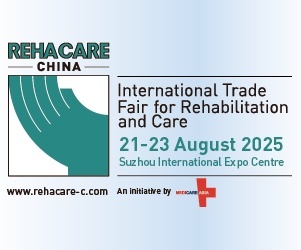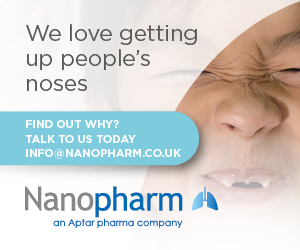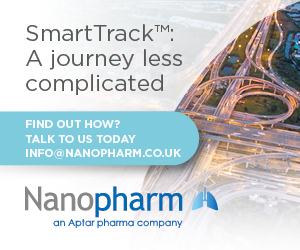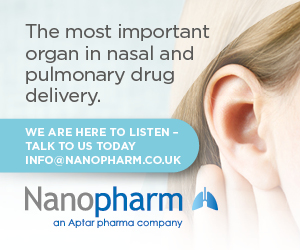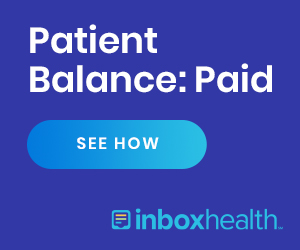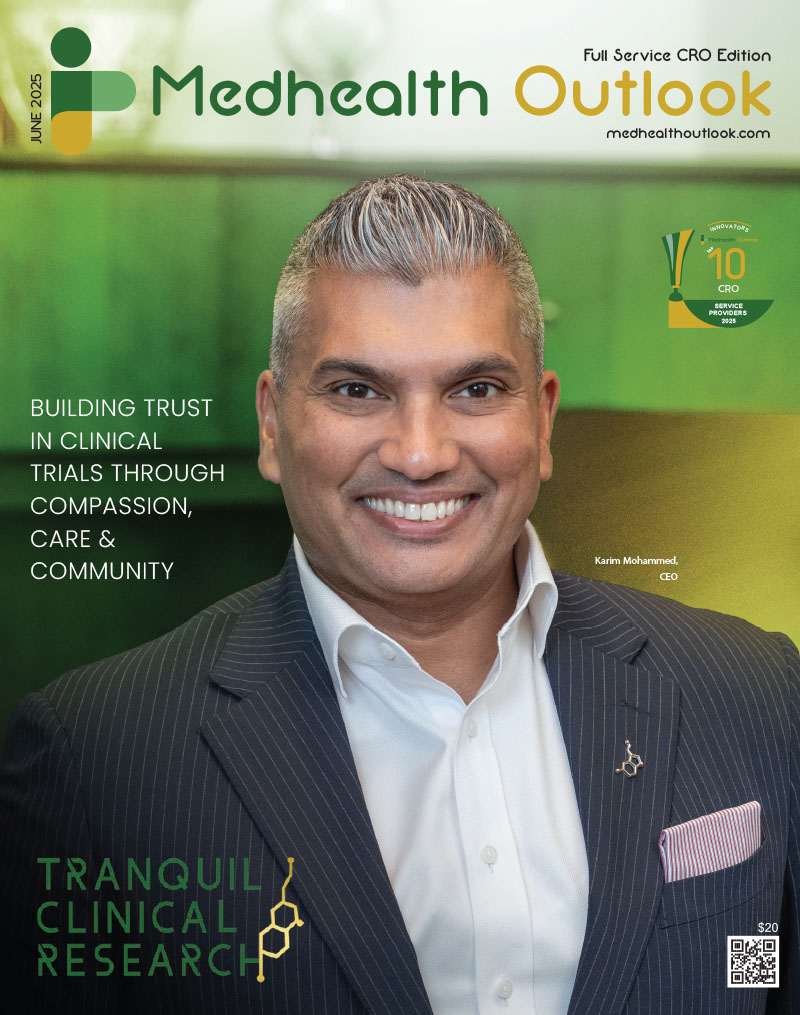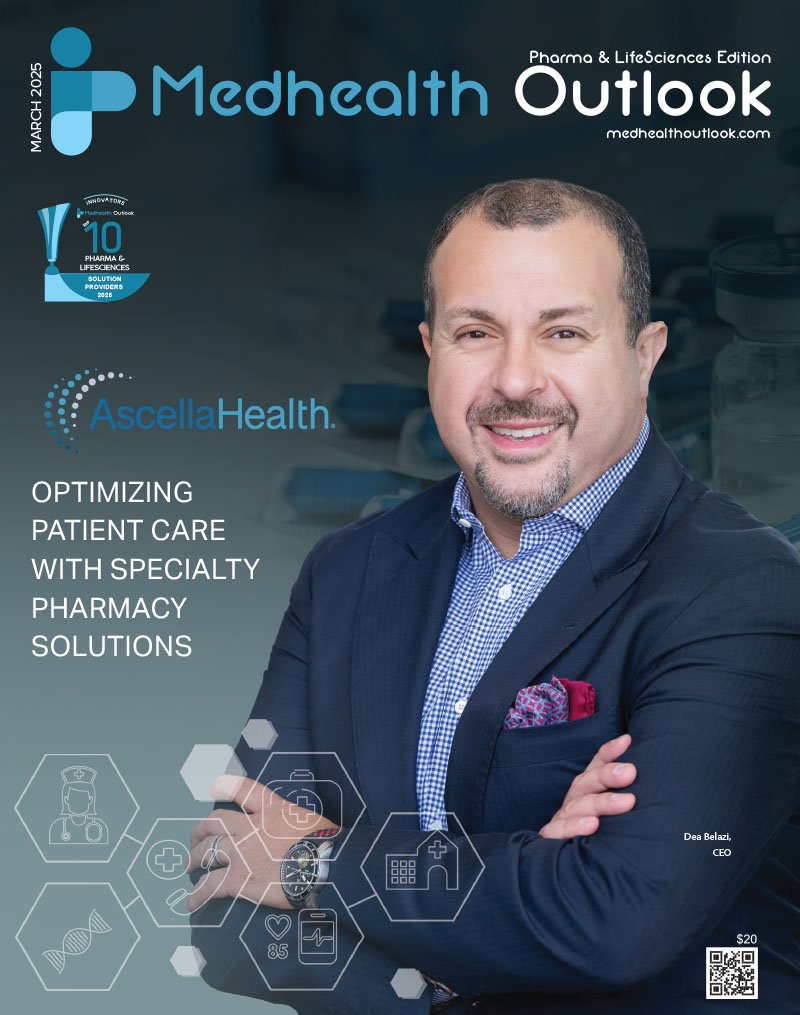The cycle of drug development is long and extremely costly, with high rates of failure and fraught with risk and challenges. On average, it takes at least 10 years for a potential therapeutic to get from discovery to approval.1 The current success rate of an investigational drug achieving FDA approval from the beginning of clinical trials is between 10 – 20%.2Incorporating Key Opinion Leader (KOL) engagement in early clinical development can greatly benefit companies on the journey to FDA approval and can be accomplished in 3straightforward steps.
Traditionally, most companies begin their journey with KOL engagement as they onboard their field medical team, usually at the end of Phase III or the time between filing their New Drug Application (NDA) and the PDUFA date (Prescription Drug User Fee Act; when the FDA will determine whether to grant approval). Medical science liaisons (MSLs), who make up the field medical team, are tasked with knowing who the key thought leaders are in their territory, engaging with them by sharing current data, learning about their research interests, collaborating on studies, publications, and related educational initiatives, and gathering insights. This has clearly been the strategy taken by most of the industry. A 2017 study by the Medical Science Liaison Society estimated a growth projection of 20% in global MSLs in the coming years.3
While the case for onboarding an MSL team and engaging KOLs has clearly been made and proven in industry, there is also a great case to be made for starting KOL engagement much earlier in the drug development lifecycle – as early as Phase I and the start of Phase II.
With the exception of large pharmaceutical companies, at those earlier stages of development, resources are traditionally tight and teams devoted to early clinical work are lean. Efforts are focused on meeting timelines with regards to studies and publishing data in order to advance to the next phase of clinical work. Principal Investigators and associated sites are normally managed on an ongoing basis by the Clinical Research Organization (CRO). The goal is to enroll and complete the study on time – investors and the stock market do not have patience for delays.
However much can be gained from working with investigators and early on, learning about their research interests and experience. While the current goal is enrollment and completion of the study at-hand, incorporating a long-term view of what will be needed next is of high value.
One of the investigators in the study may have a long history of research with a particular demographic or disease state that may be an important aspect to study as the investigational drug advances to Phase III. He or she may have some important ideas about inclusion/exclusion criteria in the next study that you have not considered. Because they work with prospective enrollees in a trial, a study coordinator may have some excellent suggestions about how to increase the enrollment in your trial. The principal investigator may be a very strong presenter or author for future presentations and publications. The value of learning about and engaging with your KOLs as early as possible cannot be overstated.
How can this be done before a field medical team is in place, whose job is specifically to engage with these thought leaders and therapeutic area experts? It is less complicated than it seems.
A small clinical development team can do it. First, It is about embracing a culture in medical of relationship-building and anticipating opportunities in advance. Avoid letting the CRO handle all engagement. Get to know the investigators and study coordinators as real people. You can solve many of the operational challenges of your trials by talking to them. Treat every site visit, investigator meeting, and congress as an advisory board. Talk to them about what trends they see that positively influence enrollment. Ask them about their research interests and gaps they see in the current treatment of your disease area. Keep track of what you learn about each one with a simple spreadsheet. Fancy solutions for KOL engagement are not needed in early clinical development, but a strategic mindset is.
Second, from each meeting with these investigators, profile them and pick a few key unique attributes to remember about them. Have they been on the committee for issuing new guidelines? Are they a leader with a medical society? What current Phase IV studies are they involved in? Are they involved in patient advocacy? Knowing these things are great for sparking conversation, and excellent when you reach that next milestone in clinical development.
The third step in early KOL or investigator engagement is to track progress and maintain contact. Set reminders for milestones (e.g. trial enrollment, guidelines, publications) you’ve noted on the spreadsheet and send a congratulatory note. Follow new publications or trials they are involved in. Schedule meetings at the next congress or site visit.
Amazing outcomes can be achieved with a holistic, all-encompassing approach to KOL engagement from the start of clinical development. Experience shows that great mutual opportunities will benefit both the clinical development team and the KOL when a partnership is struck early on. And it can be accomplished in 3 direct steps: building a culture of relationship-building, documenting and tracking unique attributes and milestones, and staying in touch through the development lifecycle.
- Biopharmaceutical Research & Development: The Process behind New Medicines, PhRMA http://phrma-docs.phrma.org/sites/default/files/pdf/rd_brochure_022307.pdf
- Yamaguchi, S., Kaneko, M. and Narukawa, M. (2021), Approval success rates of drug candidates based on target, action, modality, application, and their combinations. Clin Transl Sci, 14: 1113-1122. https://doi.org/10.1111/cts.12980
- https://www.biospace.com/article/medical-science-liaison-jobs-the-best-kept-secret-in-the-life-sciences-industry/






